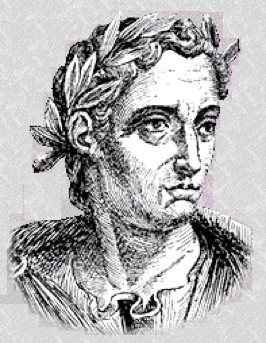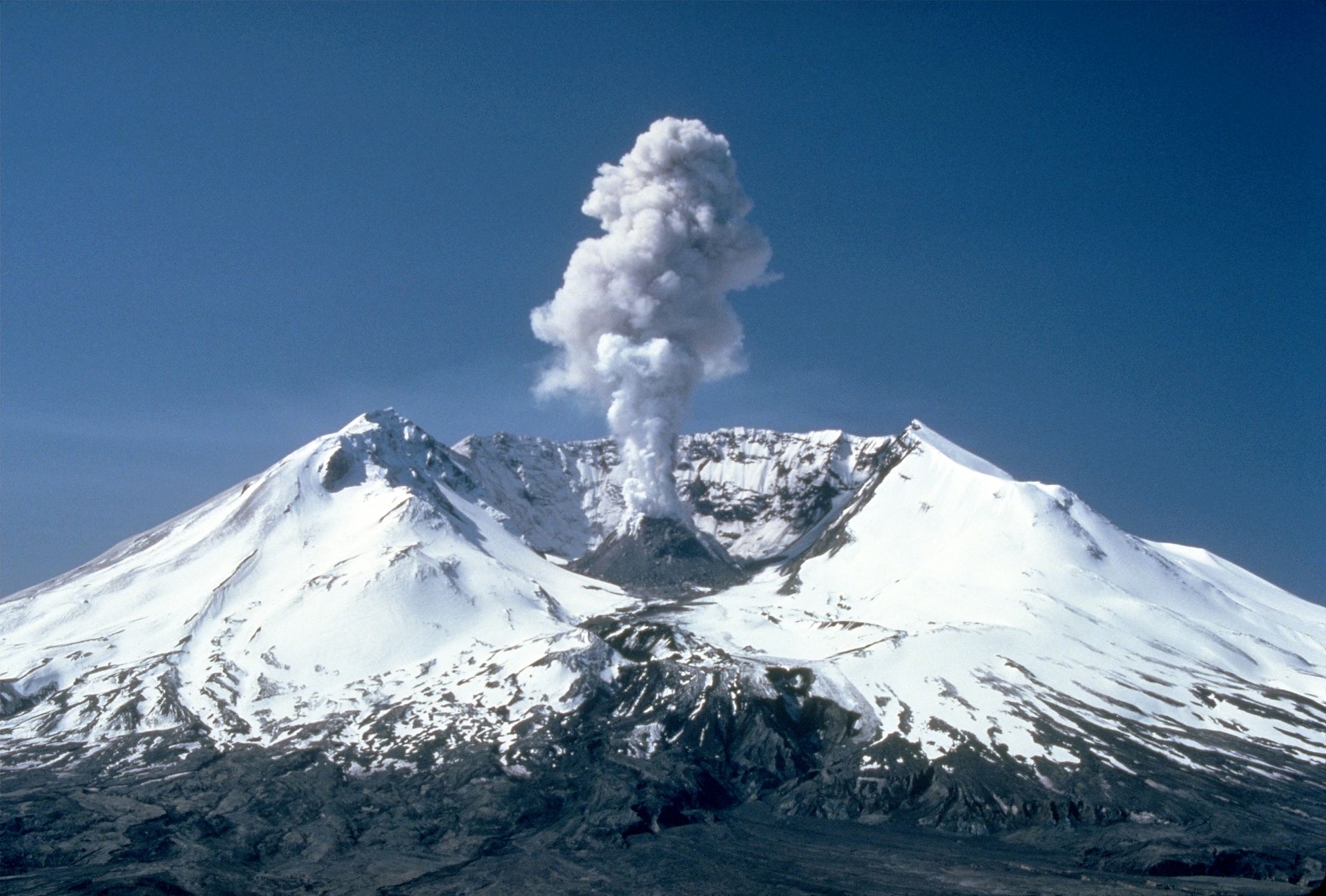"It was not clear at that distance from which mountain the cloud was rising (it was afterwards known to be Vesuvius); its general appearance can be best expressed as being like an umbrella pine for it rose to a great height on a sort of trunk and then split off into branches, I imagine because it was thrust upwards by the first blast and then left unsupported as the pressure subsided, or else it was borne down by its own weight so that it spread out and gradually dispersed."- Epistulae VI.16, VI.20 from the Penguin translation by Betty RadiceOn this day, in 79 AD, the towns of Pompeii and nearby Herculaneum were wiped out by volcanic eruptions from the long-dormant Mount Vesuvius. Most know at least something about this event, famous for so long thanks to excavation over 1600 years later. But long before Pompeii's rediscovery and excavation, the event was known and famous thanks to the writings of Pliny the Younger (PTY), who witnessed the events and was one of the very few survivors.
 |
| Pliny the Elder |
PTE set off to Pompeii on a rescue mission which turned out to be his demise. He died on the beach at Pompeii. PTY escorted his mother to safety, in the dark.
 |
| Pliny the Younger |
Twenty-five years later, PTY recounted the story in letters to the Roman historian Tacitus. His account was so exact and specific in certain descriptions of the events that later scientists determined that the towns fell victim to pyroclastic surges at 180-220°C (360-430°F), and instantly killed the 1,500 people who did not escape. Due to PTY's excellent recount, modern volcanologists call these eruptions "Plinian".
Mount St. Helen's had a Plinian eruption
in 1980.
Mount St. Helen's had a Plinian eruption
 |
| Mt. St. Helens |
PTY went on to greatness: he was known as a man of letters and had a distinguished career as a Roman official.
Though buried under ash and lava, the history of Pompeii did not end there either. It was rediscovered in 1599 and was excavated in 1748. It is now a very popular tourist destination, with almost 2.5 million visitors every year.
Though buried under ash and lava, the history of Pompeii did not end there either. It was rediscovered in 1599 and was excavated in 1748. It is now a very popular tourist destination, with almost 2.5 million visitors every year.

.png/1920px-Vesuvius_from_Pompeii_(hires_version_2_scaled).png)
No comments:
Post a Comment